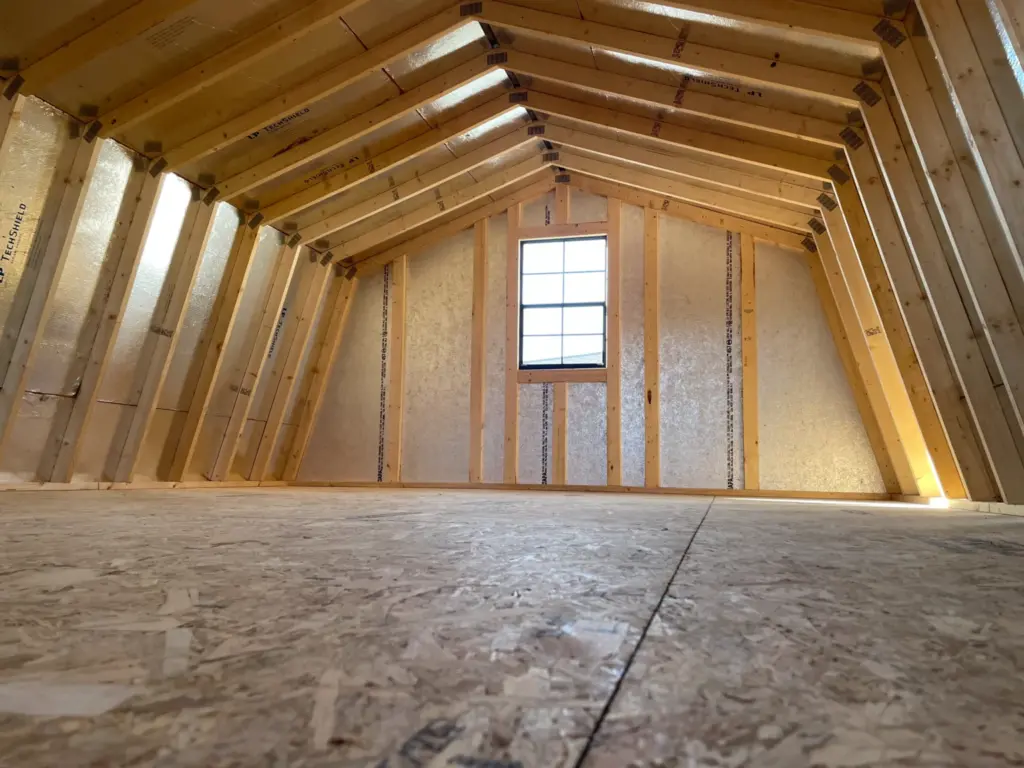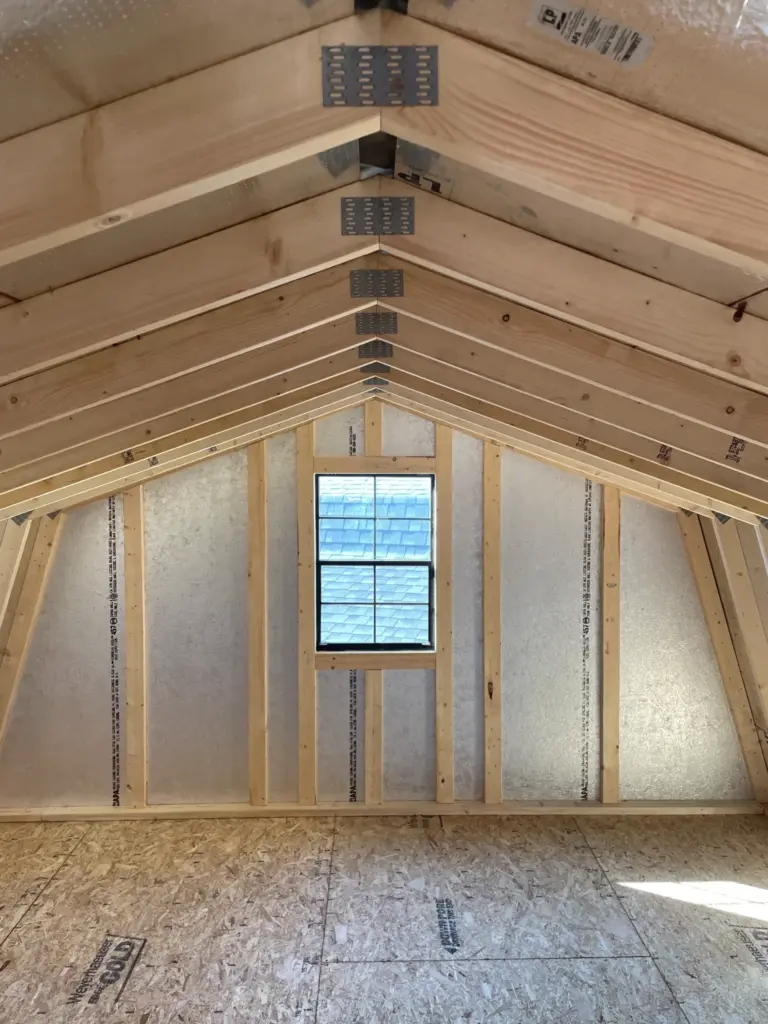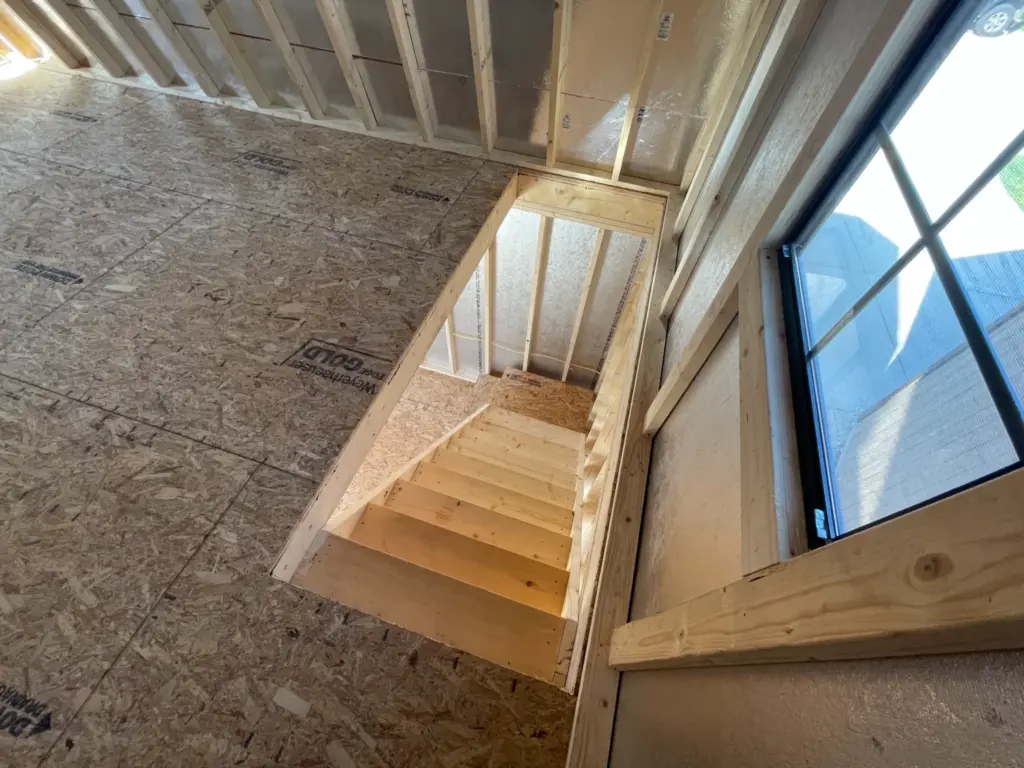The night sky has changed over the last few years. Dotted among the stars, moving in straight lines, are the bright points of SpaceX’s Starlink satellites. The project is building the largest satellite network in history. That leads many people to ask: how many Starlink satellites are there? The number continues to grow each month, making Starlink one of the most ambitious space programs ever attempted.

What Is Starlink?
Starlink is a satellite internet constellation developed by SpaceX. Unlike traditional internet services that rely on underground cables or a handful of geostationary satellites, Starlink uses thousands of satellites orbiting closer to Earth. This low Earth orbit system reduces latency and improves internet speed, making it possible to deliver service even in remote or rural areas. The idea is to create global coverage, offering high-speed internet access to places that have been underserved for decades.
The Current Satellite Count
As of mid-2025, SpaceX has launched more than eight thousand Starlink satellites. Of those, around eight thousand remain active and provide internet service worldwide. That makes Starlink the largest satellite fleet ever placed in orbit, surpassing the combined efforts of other space agencies and companies. To put it into perspective, before Starlink, the total number of active satellites from all organizations barely reached four thousand. SpaceX alone has doubled that figure in less than a decade.

Why So Many Satellites?
Traditional satellites orbit much higher above the Earth, which allows a small number to cover large areas. However, high orbits create longer signal delays. Starlink satellites orbit at much lower altitudes, typically between 340 and 550 kilometers. Because they fly closer to the planet, each satellite covers a smaller area. To provide global coverage, SpaceX must launch thousands of them. The advantage is reduced latency, making the internet more responsive and better suited for activities such as video calls, online gaming, and streaming.
How the Network Expands
SpaceX regularly launches new groups of Starlink satellites aboard Falcon 9 rockets. Each launch carries between 20 and 60 satellites, depending on the configuration. These missions occur almost every week, steadily growing the constellation. In addition to new launches, SpaceX also de-orbits older satellites when necessary. This constant cycle of deployment and replacement keeps the network modern and reduces the risk of malfunctioning satellites cluttering Earth’s orbit.

Starlink’s Global Reach
The constellation already provides service on every continent, including remote locations where traditional providers cannot reach. Ships, airplanes, and even rural communities benefit from the network. For many customers, Starlink has delivered internet access where no cables or cell towers existed before. Farmers use it to connect smart equipment, while schools in underserved regions rely on it to give students access to online learning. The reach continues to expand as more satellites join the constellation.
The Role of Ground Stations
Satellites alone cannot deliver internet service. Starlink also depends on a network of ground stations placed around the globe. These facilities connect satellites to the wider internet backbone. As satellites pass overhead, they beam data to the nearest station, which routes it to the rest of the web. This partnership between space and ground infrastructure ensures reliable service. Without ground stations, even thousands of satellites could not connect users effectively.

Challenges of a Massive Constellation
Launching thousands of satellites creates challenges. Astronomers have raised concerns about light pollution, since bright satellites interfere with telescope observations. SpaceX has responded by adding sunshades and darker coatings to reduce reflections. Another challenge is orbital congestion. With so many satellites in low Earth orbit, the risk of collisions increases. To address this, SpaceX equips Starlink satellites with automated systems that maneuver to avoid debris and other spacecraft. According to NASA, managing orbital traffic will remain a key issue as more constellations join Starlink in space.
How Long Do Satellites Last?
Each Starlink satellite is designed to operate for about five years. After that, they are intentionally de-orbited to burn up in Earth’s atmosphere. This planned life cycle helps reduce space debris. Because launches occur so frequently, SpaceX can quickly replace aging satellites with upgraded versions. The network therefore continues to improve with new technology, including faster processors, better antennas, and inter-satellite laser links that allow satellites to communicate directly with each other without relying on ground stations.

Planned Growth of the Constellation
While more than eight thousand satellites are already in orbit, SpaceX has approval for tens of thousands more. The company has filed plans with the Federal Communications Commission to deploy as many as 42,000 satellites over the coming years. That enormous number would create a network capable of handling massive demand as more people connect. It would also provide redundancy, ensuring service continues even if individual satellites fail or are retired. Although not all of these satellites may launch, the scale demonstrates the ambition of the project.
Starlink and Rural Connectivity
One of the biggest promises of Starlink is bridging the digital divide. In many rural parts of the United States, high-speed internet has never been available. Running fiber-optic cables across mountains or sparsely populated plains is too expensive. Starlink bypasses that limitation by beaming internet from the sky. Families who once relied on slow dial-up or spotty satellite connections now enjoy speeds that rival urban broadband. This impact extends worldwide, connecting villages, research stations, and even disaster-struck regions where traditional infrastructure is damaged.

Comparison with Other Mega-Constellations
Starlink is not the only satellite internet project, but it is the most advanced. Amazon is working on Project Kuiper, which aims to launch more than 3,000 satellites. OneWeb has deployed several hundred satellites, but the scale remains smaller than SpaceX’s fleet. With thousands already in orbit, Starlink dominates the sector and sets the standard for speed, coverage, and availability. Competition may grow, but for now, SpaceX leads by a wide margin.
The Future of Starlink
Looking ahead, Starlink may do more than provide internet. Its global coverage could support autonomous ships, aircraft, and vehicles. Military organizations and humanitarian missions are already testing its potential. As technology improves, satellites may carry more advanced sensors and communication systems, expanding their role beyond broadband. The pace of growth shows no signs of slowing, and the final constellation may reshape global communications in ways that are only beginning to emerge.

Conclusion
So, how many Starlink satellites are there? As of 2025, more than eight thousand orbit Earth, with most of them active and providing internet service. That number grows almost weekly as new launches take place. With plans for tens of thousands more, Starlink is building the largest communication network in history. The constellation brings high-speed internet to remote corners of the globe and sets the stage for future innovations in space-based technology. The sky above us is no longer just filled with stars—it is also filled with the promise of global connectivity.
To explore modern structures closer to home, visit Ohio Cabins and Structures. If you’re ready to start your own project, reach out through our contact page for expert guidance. For insights into construction innovation, learn more about modular homes vs traditional homes and how new building methods shape our future—on Earth and beyond.
